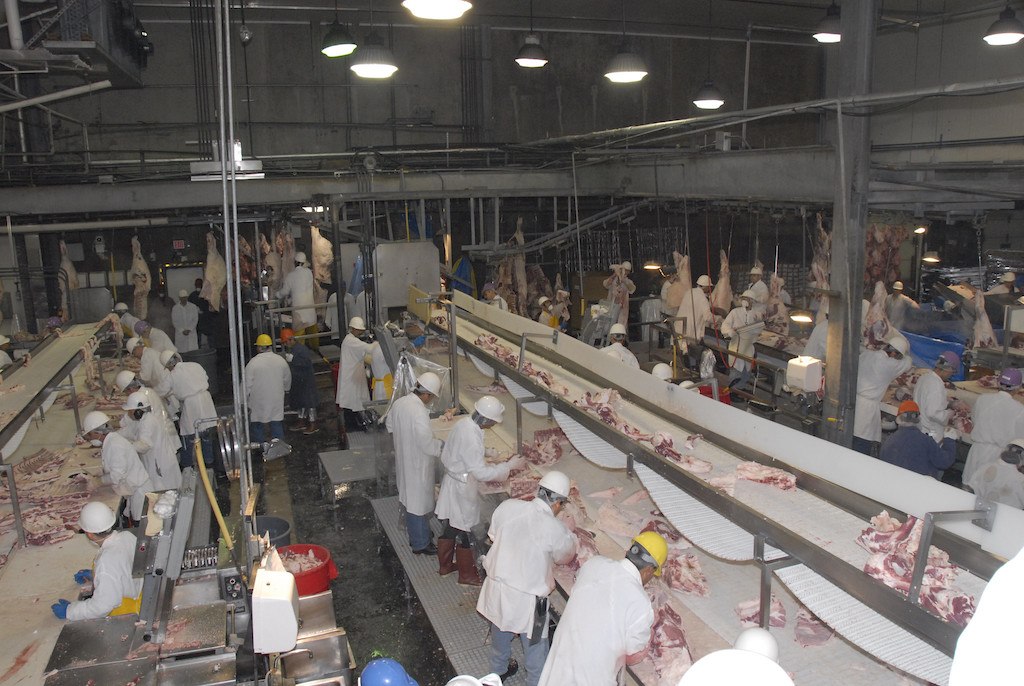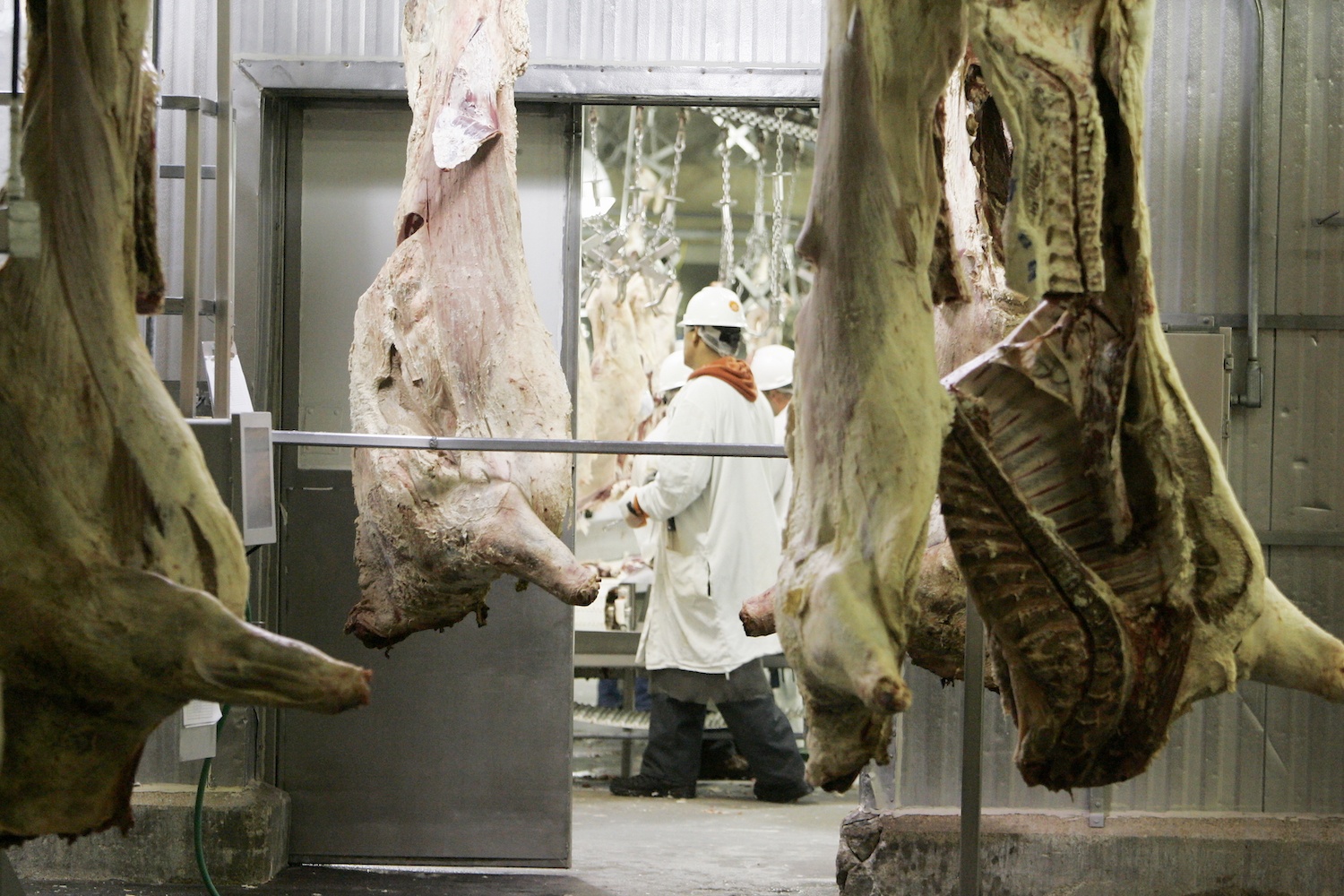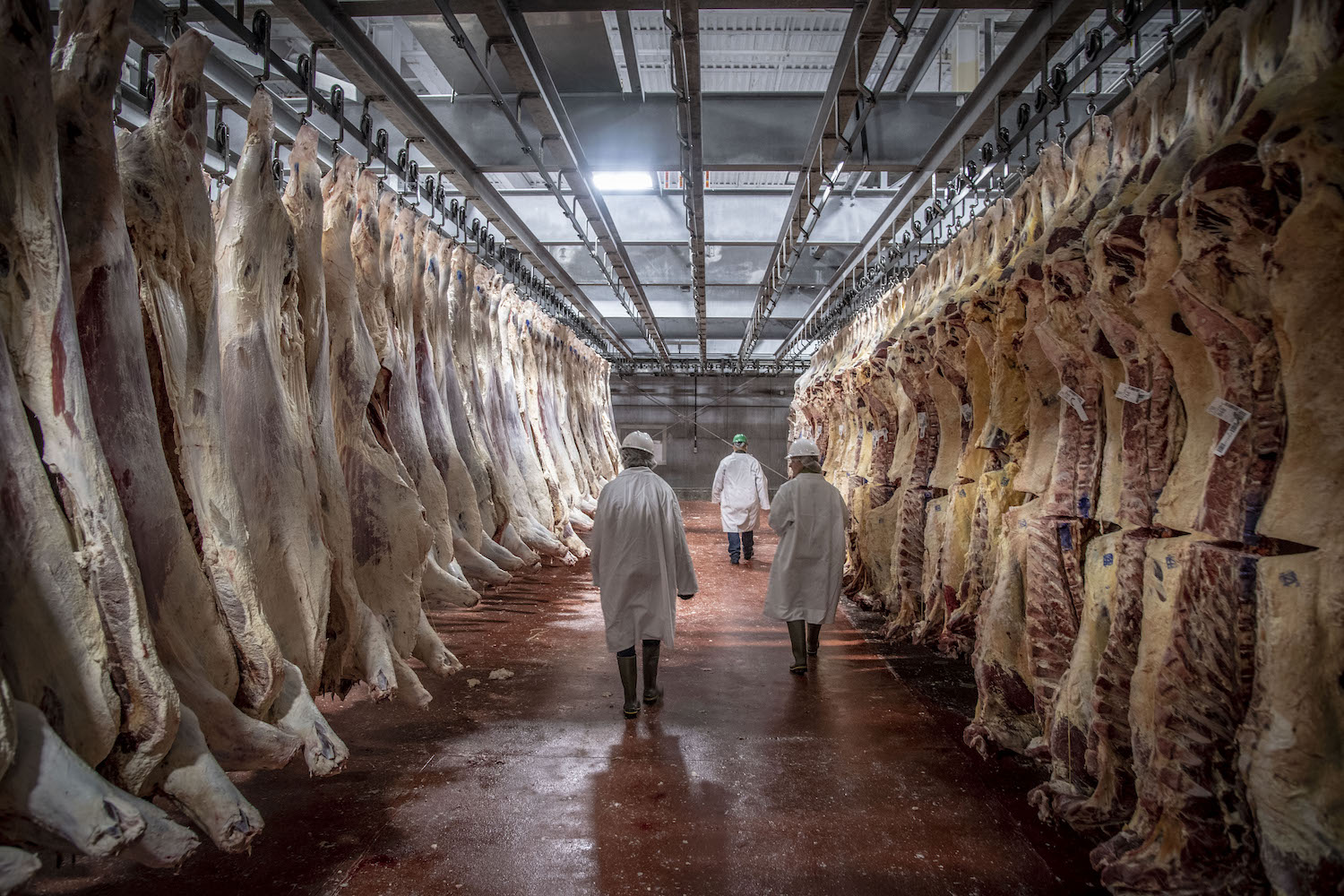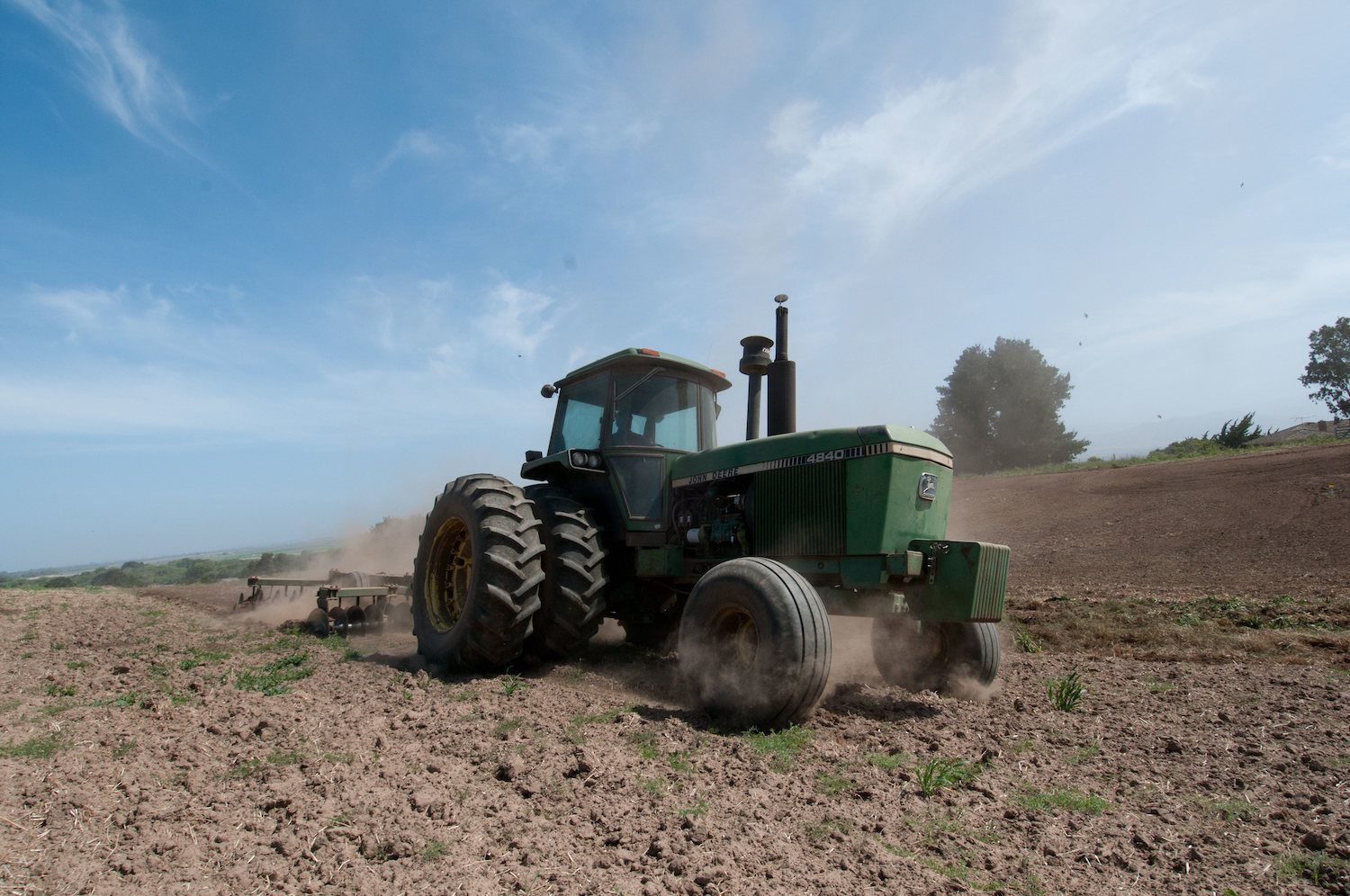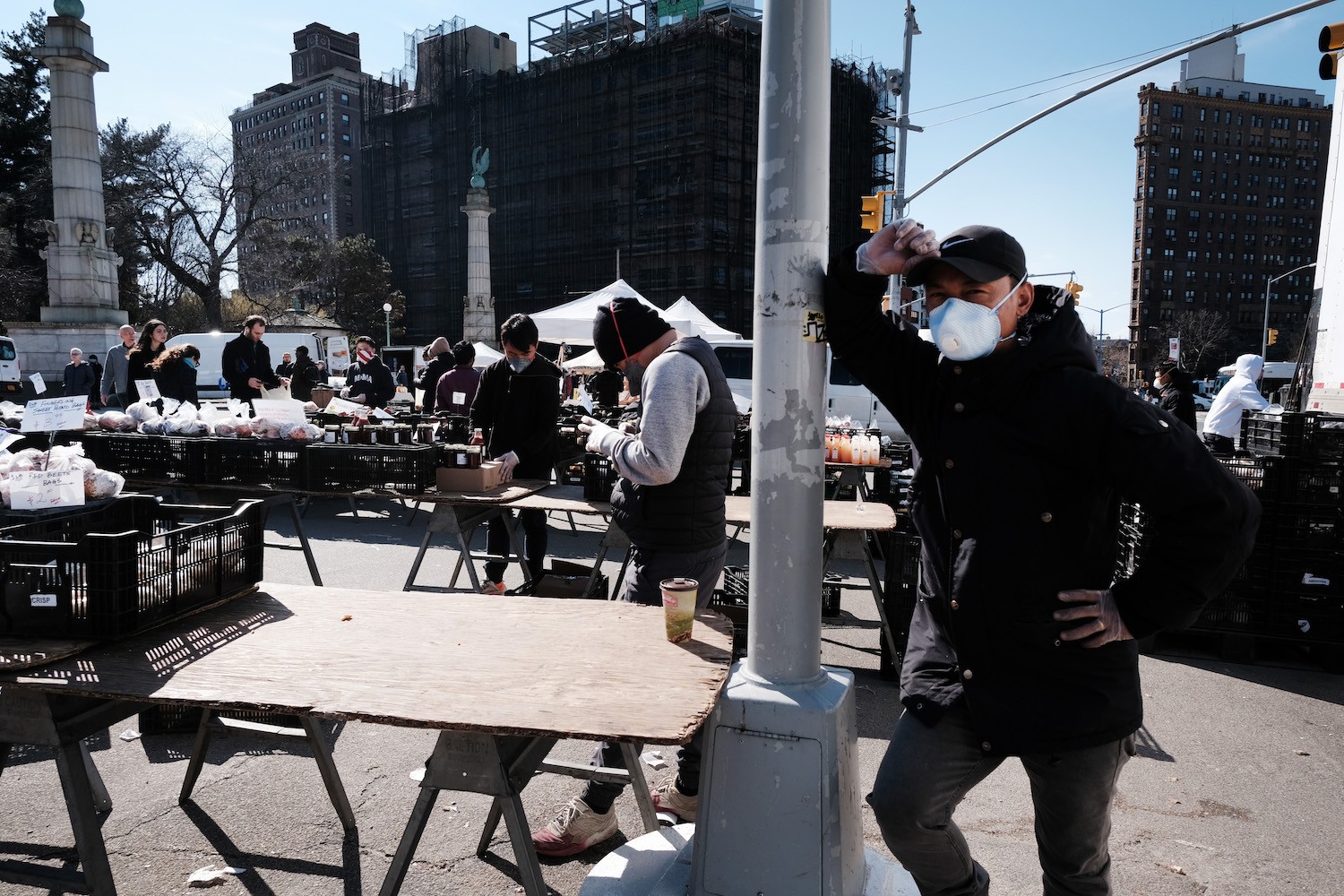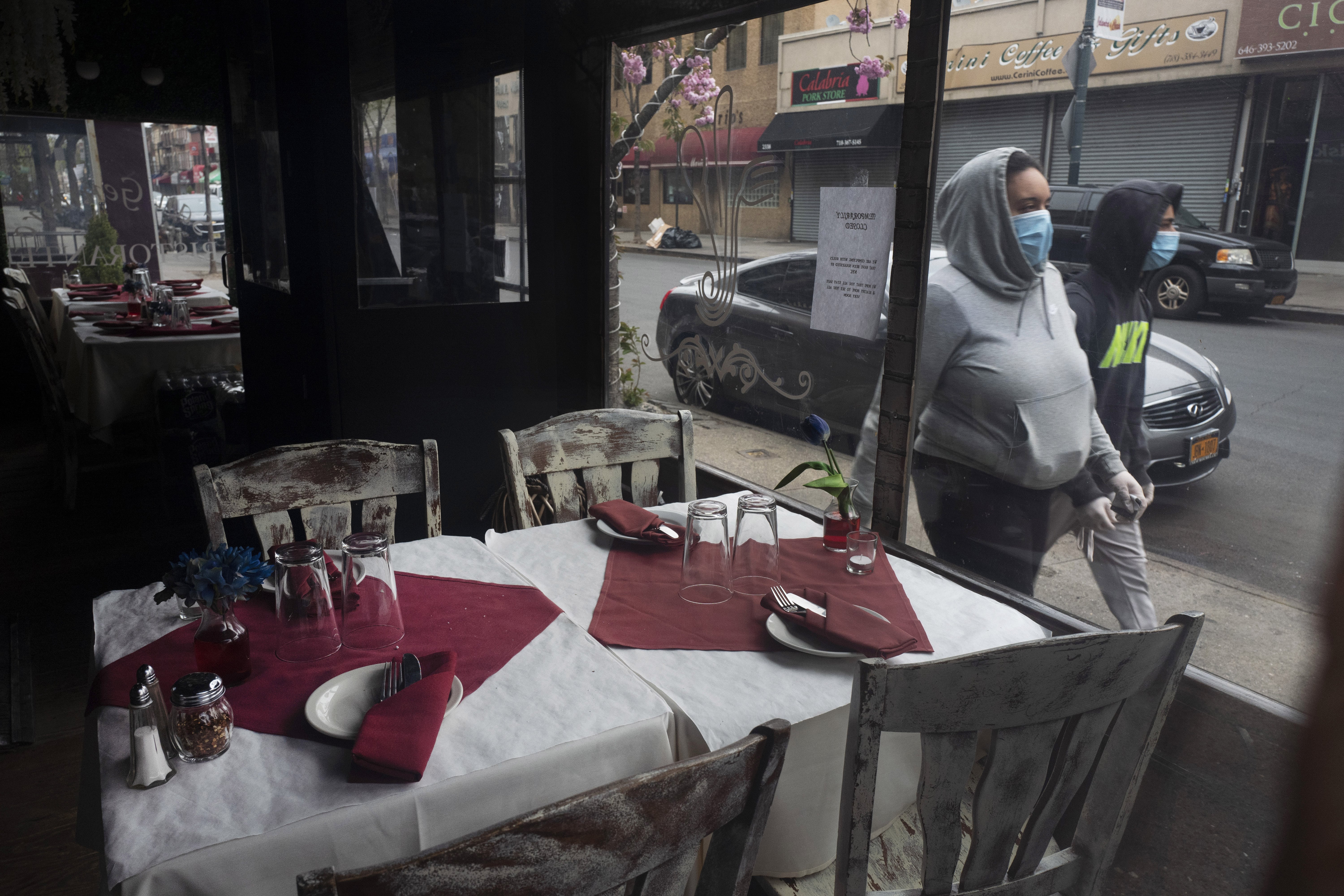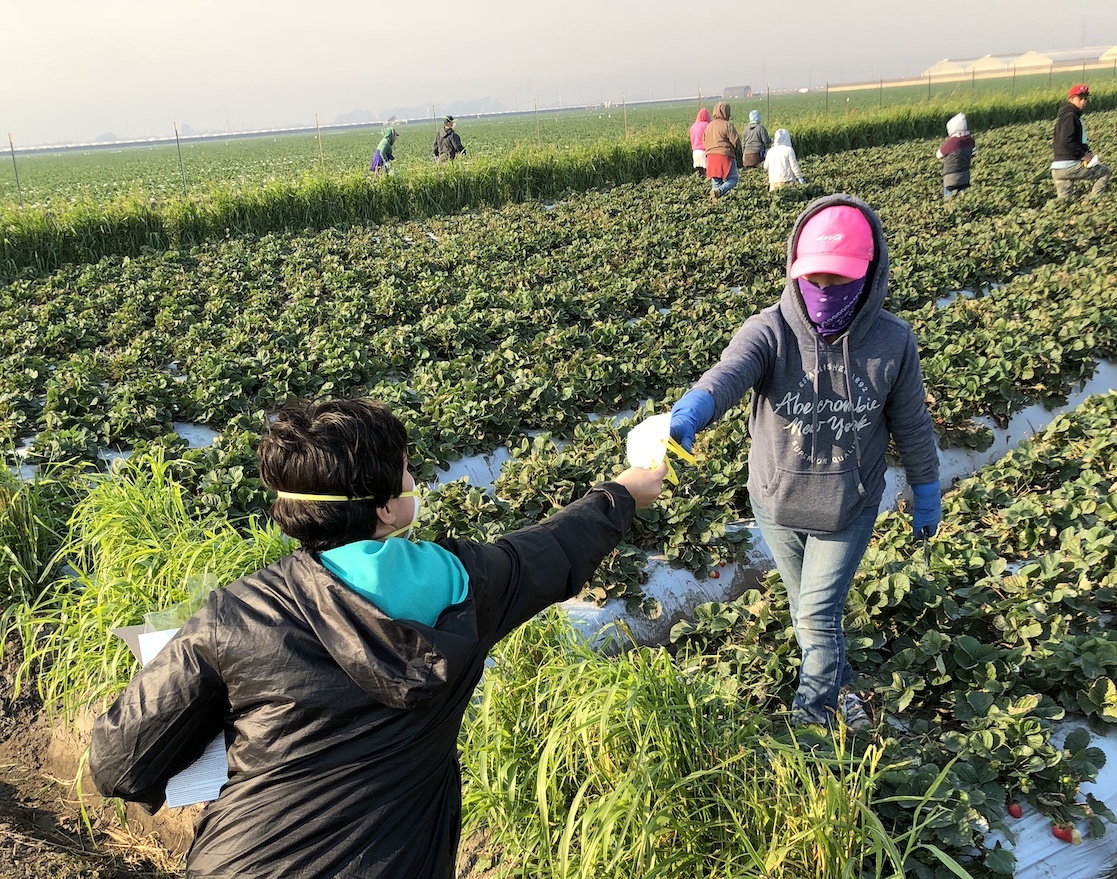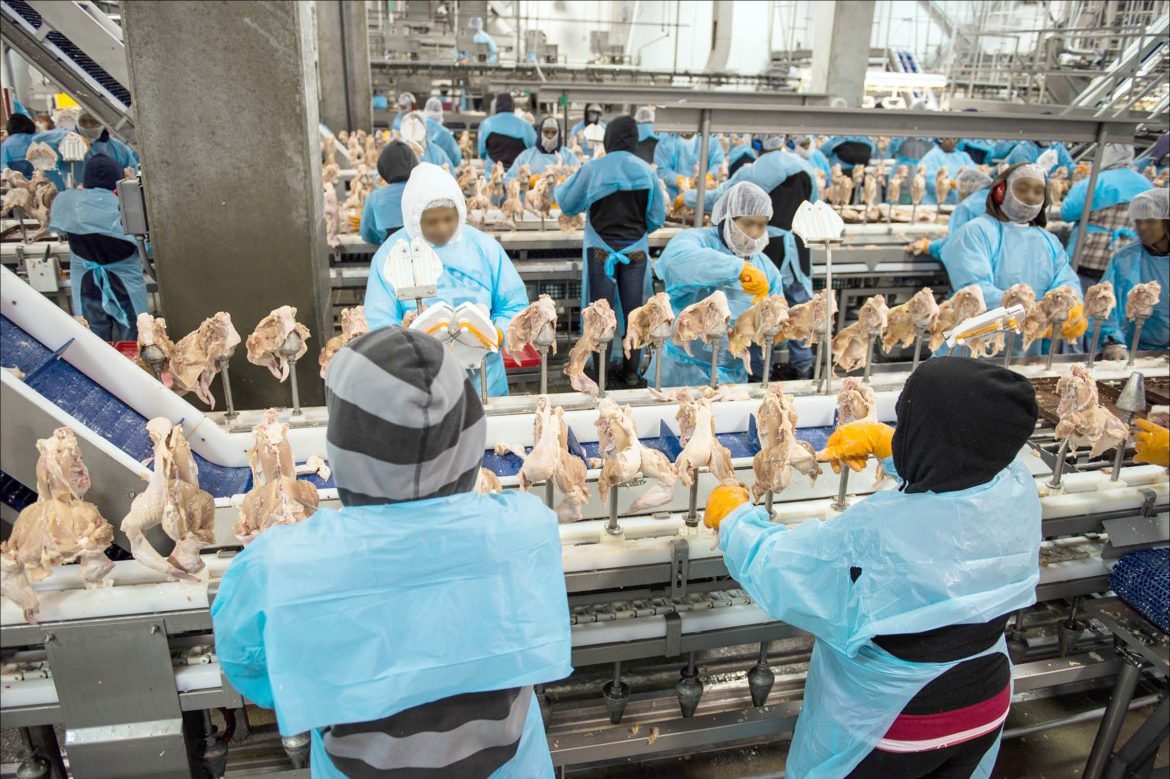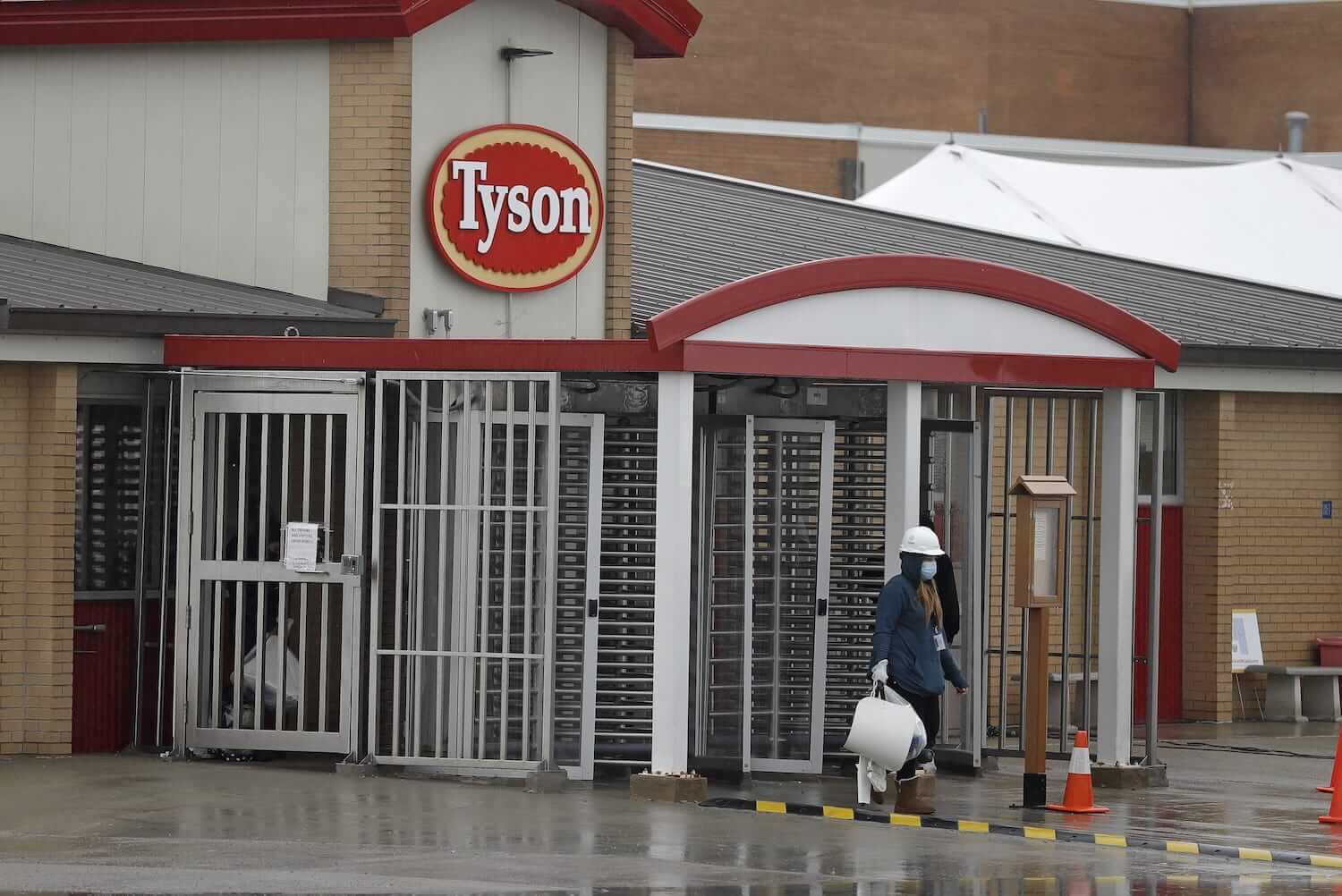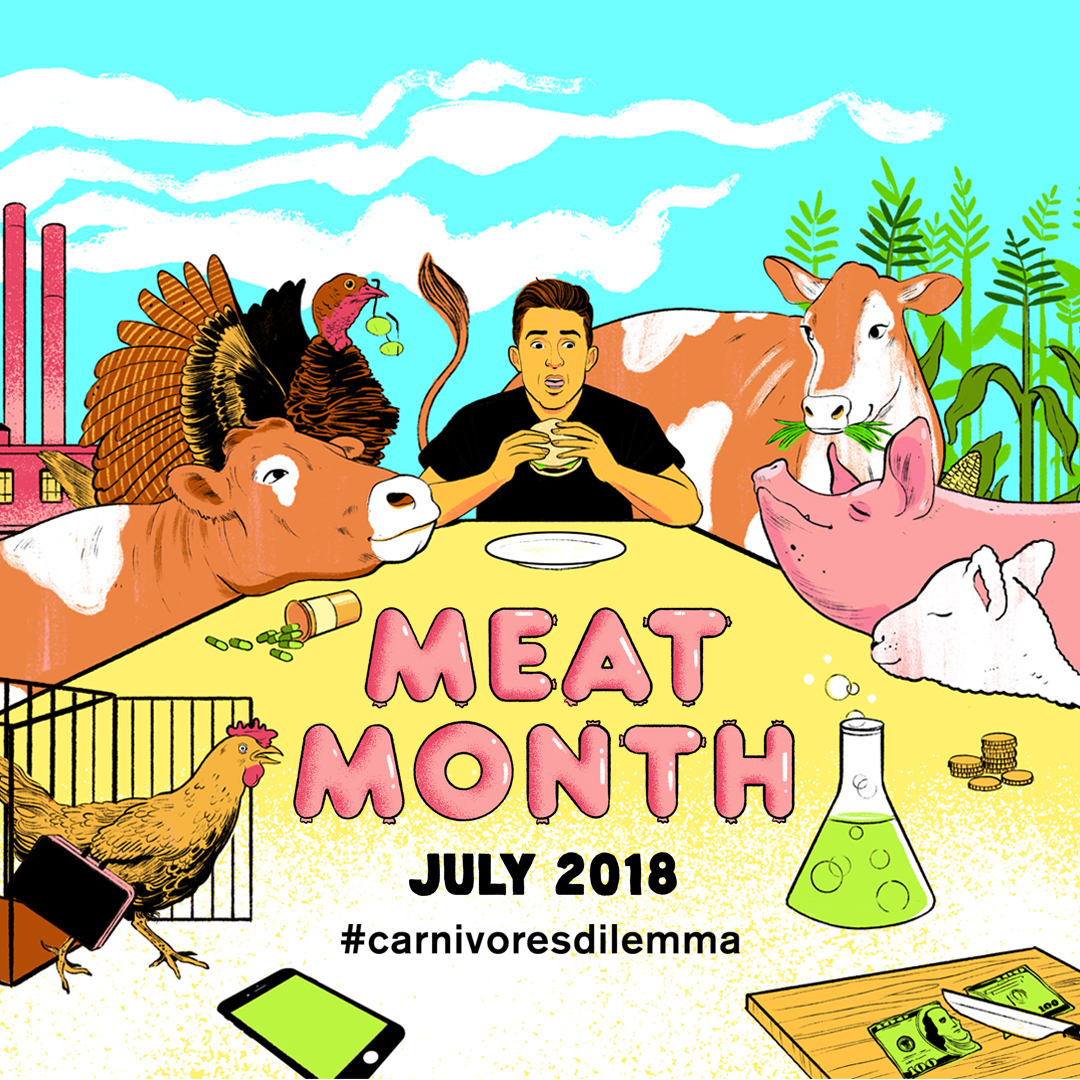A new CDC report lays bare just how high the risk of Covid-19 transmission is within slaughterhouses.
On Monday, one of the country’s biggest pork processing plants, a Smithfield facility in Sioux Falls, South Dakota, partially reopened after shutting down last month due to a severe Covid-19 outbreak. Across the country, numerous other plants have recently done the same, including a Tyson poultry plant in Robards, Kentucky, and one of JBS’s biggest U.S. beef plants, located in Greeley, Colorado. More operations are scheduled to resume this week.
Slaughterhouses are facing a lot of pressure to reopen: Local and federal officials have raised alarm about potential meat shortages, spurred by dire supply projections from companies and ag experts alike. Meanwhile, livestock farmers are culling herds by the thousands to deal with unprecedented gluts. And last week, President Donald Trump issued an executive order to designate processing plants as “critical infrastructure” and to ensure that they can remain open without liability concerns. But just how safe is it for workers to return to their jobs?
A new Centers for Disease Control and Prevention (CDC) analysis—published as part of the agency’s Mortality and Morbidity Weekly Report—lays bare just how high the risk of Covid-19 transmission has been within meat-packing plants since the pandemic’s onset. The agency estimates that around 3 percent of workers in plants linked to Covid-19 have been diagnosed with the virus. (While this seems like a higher rate than the overall U.S. population, it’s difficult to make an accurate comparison because we don’t yet have mass testing.) That comprises 4,913 employees who have tested positive across 19 states that submitted Covid-19 counts to the agency. The report also notes that 20 workers have died due to Covid-19 in meatpacking plants nationwide.
It’s likely that these numbers underestimate the spread of Covid-19 within processing plants.
Breaking that number down by region reveals that outbreaks have been much more severe in some states than others. In Kansas, just 0.6 percent of workers in plants affected by Covid-19 have tested positive for the virus. In contrast, that number reaches as high as 18.2 percent in Iowa and 17.3 percent in South Dakota. In these states, between one in six and one in five meat-packing workers at affected plants have tested positive for Covid-19.
As high as some of these numbers are, it’s likely that they underestimate the spread of Covid-19 within processing plants, says Dr. Melissa Perry, a professor of public health at George Washington University who has specialized in risks for meat-packing workers.
“That’s the really tricky thing about this virus—there are estimates that between 50 and 80 percent of the sources of transmission are coming from individuals that are asymptomatic,” Perry says. Few plants have tested all of their employees for Covid-19, so it’s possible for positive workers who “feel fine” to go undetected.
CDC acknowledges this shortcoming in its report, and cautions against interpreting these numbers too broadly. Nonetheless, Perry believes that the data serves an important function in estimating the spread of Covid-19 in a crucial industry.
“Until this point, we only had news reports and investigative reporting to be able to highlight [Covid-19 in meat plants],” Perry says. “The fact that CDC was able to compile all the data available to them and then released it publicly is essential … for public health professionals, occupational health professionals, businesses, and the public to be fully informed about what’s happening and what has to be addressed in order to prevent these outbreaks.”
The report also reiterates key public health guidelines issued by CDC and OSHA that can reduce the spread of Covid-19 in slaughterhouses, including face coverings, health training in multiple languages, and more distancing between workers. Processing lines in meat plants typically run at high speeds, with employees eviscerating animals inches apart from each other. Slowing lines down and spreading workers out will undoubtedly increase the cost of producing meat, but Perry says it’s a small price to pay to protect their lives.
“There have been concerns that by doing this it slows production,” she says. “In reality, the failure to do this can result in continued outbreaks of the coronavirus within processing, which then results in complete closures. So it’s really not in the best interest of companies to risk outbreaks and not implement these protective guidelines for workers.”
CDC is also asking meat plants to do away with the contentious practice of offering “attendance bonuses,” in which companies offer hundreds of dollars of incentives to workers on the condition that they don’t miss their shifts.
A common criticism of OSHA and CDC’s Covid-19 guidance to meatpackers is that it’s entirely optional. This has resulted in an inconsistent patchwork of protections by plant and by state.
“I don’t believe this is just a one-time deal with this virus. I honestly believe it’s going to be back at some point. So why not be prepared for it?”
Bob Waters, president of United Food and Commercial Workers 431, a labor union that represents workers in Iowa and Illinois, wants OSHA to set official regulations for meat processing facilities. When we spoke last Friday, Waters had just gone on a tour of Tyson’s pork plant in Waterloo, Iowa, which shuttered nearly two weeks ago due to Covid-19. The state recently tested all of the plant’s employees. Reopening plans remain contingent on forthcoming results, Waters tells me. In the meantime, the company has installed dividers between workstations, and committed to providing masks and face shields to all workers upon reopening. It’s a good example for other meatpackers to follow, he says, but it’s not enough to expect them to do so voluntarily.
Basically, Waters is asking for standardized workplace protections against airborne diseases like Covid-19. Such requirements wouldn’t be without precedent: In 2010, following the H1N1 pandemic, OSHA began to draft mandatory guidelines to reduce the spread of viruses that spread through air and respiratory droplets. That rulemaking was finalized in 2017, former OSHA administrator David Michaels wrote in a recent op-ed in The Atlantic. But when Trump took office, he launched a deregulatory initiative that effectively halted it from moving forward. Michaels called on the Trump administration to issue emergency Covid-19 protections through OSHA.
In the event that this happens, worker advocates like Waters hope that such protections remain long after these ongoing outbreaks are under control.
“I don’t believe this is just a one-time deal with this virus,” he says. “I honestly believe it’s going to be back at some point. So why not be prepared for it? It caught everyone by surprise the first time. We’ll be prepared for the second round.”
